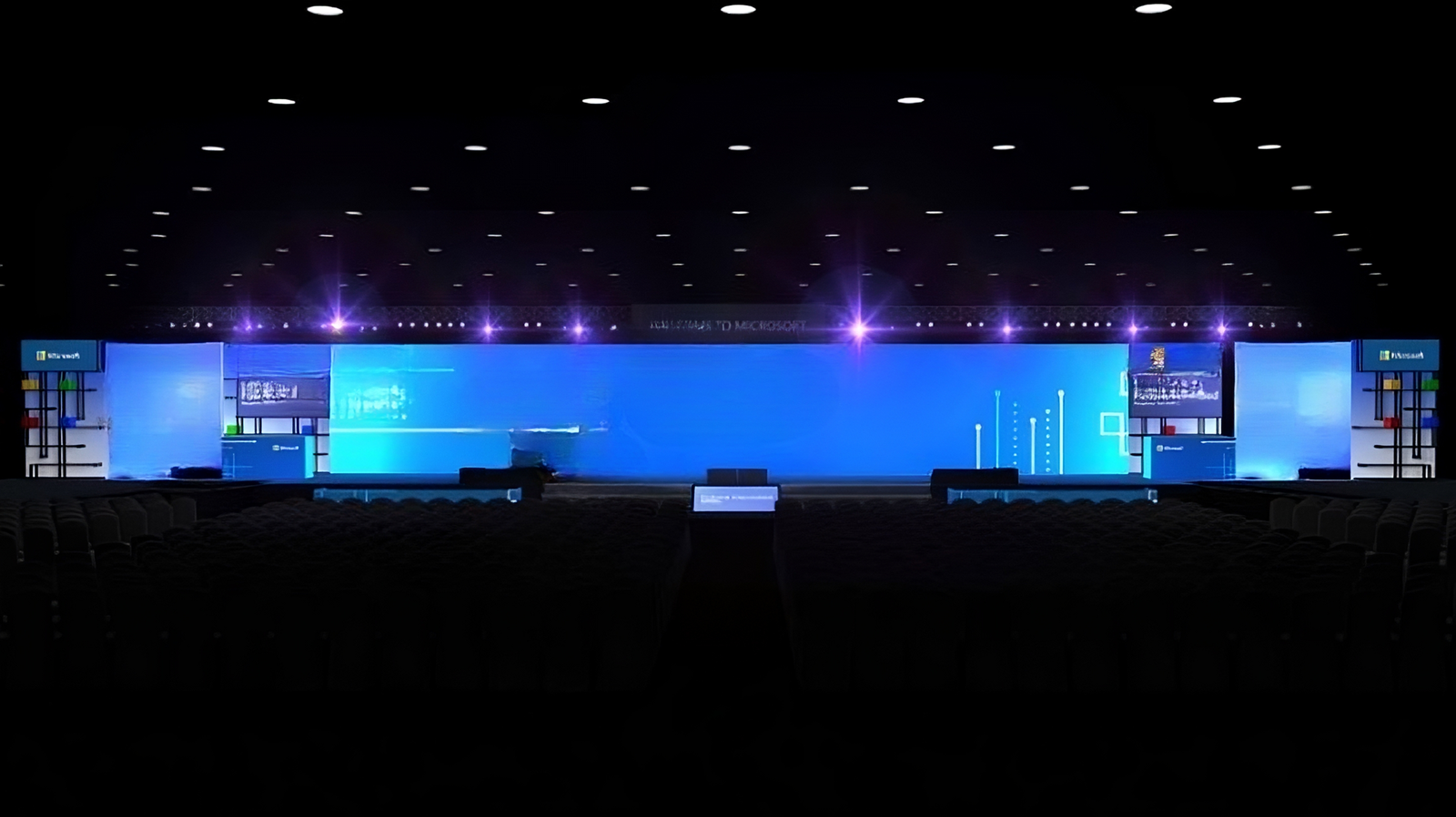
As organizations pursue faster, smarter, and more responsive digital operations, one technology is gaining significant traction in 2025( Edge Computing). No longer a niche innovation, edge computing is now central to digital transformation strategies across industries, especially where low latency, local data processing, and real time intelligence are critical.
What Is Edge Computing?
Edge computing is the practice of processing data closer to where it is generated at the edge of the network rather than sending it to centralized data centers or cloud servers.
This allows devices such as sensors, machines, smartphones, and IoT equipment to collect, analyze, and act on data locally and immediately. In essence, edge computing brings computation and decision making closer to the source, reducing delays and network dependency.
Why Edge Computing Matters in 2025
The rise of connected devices, smart cities, autonomous systems, and real time digital services has made speed and responsiveness essential. Traditional cloud models, while powerful, struggle with:
• Latency caused by long distance data transmission
• Bandwidth limitations due to large scale data traffic
• Data privacy and security concerns from centralized storage
• Limited connectivity in remote or mobile environments

Edge computing solves these challenges by decentralizing processing power and enabling faster, more efficient, and context aware applications.
Key Advantages of Edge Computing
1. Ultra Low Latency
By processing data locally, edge systems deliver near instantaneous responses. This is crucial for time sensitive operations like autonomous driving or real time monitoring.
2. Reduced Bandwidth Costs
Only relevant or summarized data is sent to the cloud, decreasing the amount of data transmitted and lowering costs.
3. Improved Reliability
Edge devices can function independently even when internet connectivity is poor or intermittent, increasing operational resilience.
4. Enhanced Data Privacy and Security
Sensitive information can be processed and stored locally, reducing exposure and supporting data sovereignty regulations.
5. Real Time Decision Making
AI and analytics embedded at the edge enable intelligent automation at the source of data, reducing delays in action.

Leading Use Cases in 2025
Smart Manufacturing
Factories use edge computing to monitor equipment, predict maintenance needs, and adjust production lines in real time.
Healthcare
Hospitals and clinics process patient data at the point of care, enabling faster diagnostics and secure health record management.
Retail
Stores track inventory, customer behavior, and in store traffic using edge sensors and cameras, enhancing the shopping experience.
Transportation and Mobility
Edge powered systems manage traffic lights, autonomous vehicles, and public transport data for safer, more efficient movement.
Energy and Utilities
Edge computing supports grid optimization, remote pipeline monitoring, and predictive maintenance for energy infrastructure.

Integration with Other Technologies
Edge computing works synergistically with other transformative technologies:
• 5G Networks: Accelerates data transfer and enables high performance edge applications
• Internet of Things (IoT): Provides real time intelligence across billions of connected devices
• Artificial Intelligence (AI): Embeds machine learning at the edge for smart decision making
• Cloud Computing: Complements edge by handling long term storage, complex processing, and global coordination
This hybrid model where edge and cloud work together is now considered the future of enterprise IT architecture.
Strategic Considerations for Organizations
To successfully adopt edge computing, organizations should:
1. Identify high latency or high volume data processes that require faster decision making
2. Invest in edge ready infrastructure, such as IoT devices, edge servers, and local networks
3. Implement strong security protocols at the device and network level
4. Ensure interoperability between edge devices, cloud platforms, and analytics systems
5. Train teams on decentralized data management and real time response strategies

In 2025, edge computing is no longer experimental. It is mission critical. As businesses seek competitive advantages through faster service delivery, real time operations, and intelligent automation, edge computing provides the foundation for digital transformation at scale.
By bringing intelligence to the frontier of operations, edge computing is helping industries unlock a new era of efficiency, innovation, and connected intelligence.







